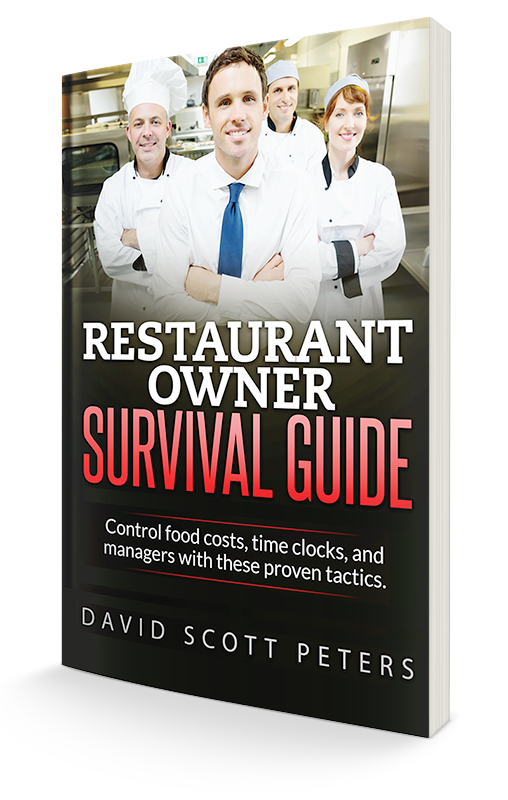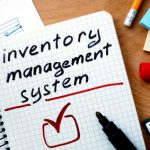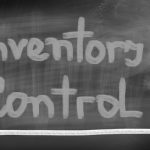Safeguard Your Restaurant’s Cash Flow
If you want to protect your restaurant’s cash flow, run a successful and profitable restaurant where guests come to enjoy a great meal and experience, and where your employees enjoy coming to work, you have to do these three things:
- Stop throwing money at your problems.
- Keep to a budget that puts money in the bank.
- Entrust others to place food orders.
These activities protect your restaurant’s cash flow. How can you give up the ordering process to someone else, make sure they find any problems in your kitchen and fix them, and ensure you have the money in your bank account where it belongs at the same time?
Believe it or not, easily! The secret is the purchase allotment system, which you have to implement and use on a daily basis. It’s a system that changes your business and releases you from doing it all but still having controls in place that allow you to have the final say when there are exceptions.
Here’s how the numbers fit together
Let’s say your food cost target is 22 percent. You forecasted sales to be $7,602.67 for Tuesday, Sept. 1. Of those sales, 80 percent are food sales totaling $6,082.14 (sales mix times forecasted sales). If your kitchen was to execute each order following recipes exactly on Sept. 1, your kitchen should use $1,338.07 in food product (food cost target percent times forecasted food sales). This is referred to as the food allotment.
When you enter your actual food sales on a daily basis, the food allotment adjusts up or down. If your sales were larger than you forecasted, it tells the person placing food orders they need to order more because you were busier than expected. If sales were lower than forecasted, it tells the person placing the order not to order so much because you didn’t use as much food as you anticipated. The beautiful part about this system is it corrects itself every day!
The next step is to enter your food purchases each day. If you order on Monday for a Tuesday delivery and again on Thursday for a Friday delivery, and you have followed the daily steps described earlier, the person in charge of purchasing will simply skip to the order day past the next order to find out what the estimated order is to make sure they replace what has left the shelves, order more to replace what is going to leave the shelves between now and that second order day, taking into consideration how much food you have already purchased.
Before it will work
To make the purchase allotment system work and protect your restaurant’s cash flow, you have to have the following four things in place:
- Use a budget.
- Forecast sales by day of the week.
- Log food and beverage purchases daily.
- Track your sales by category daily.
Once these four things are in place, you need to make one assumption: that your inventory levels will work up and down to an average inventory value target. Basically, if you use $300 in product, you will be able to order $300 in product to get your inventory levels back to where they were before you used that product.
Read more about budgets, forecasting, logging food and beverage systems and tracking sales in our free special report, Breaking Away from the Insanity: How to easily take control of your restaurant and make more money. Download it here.





